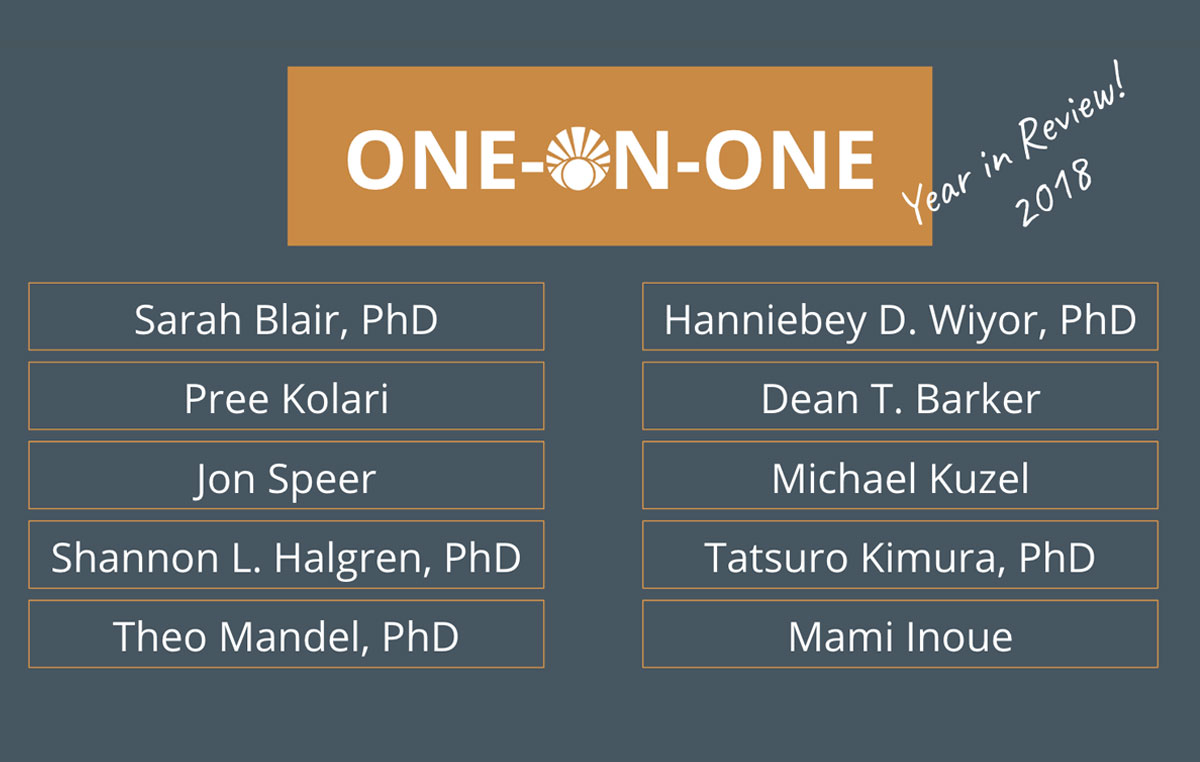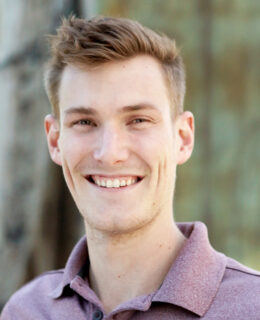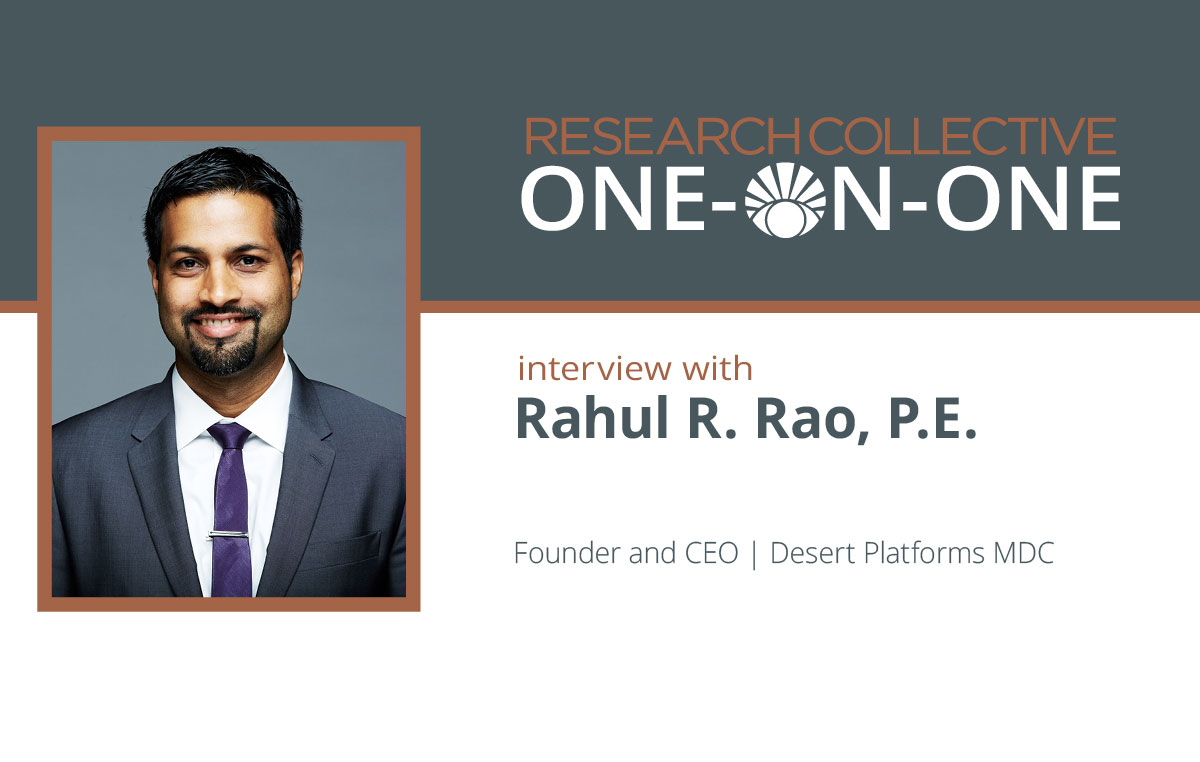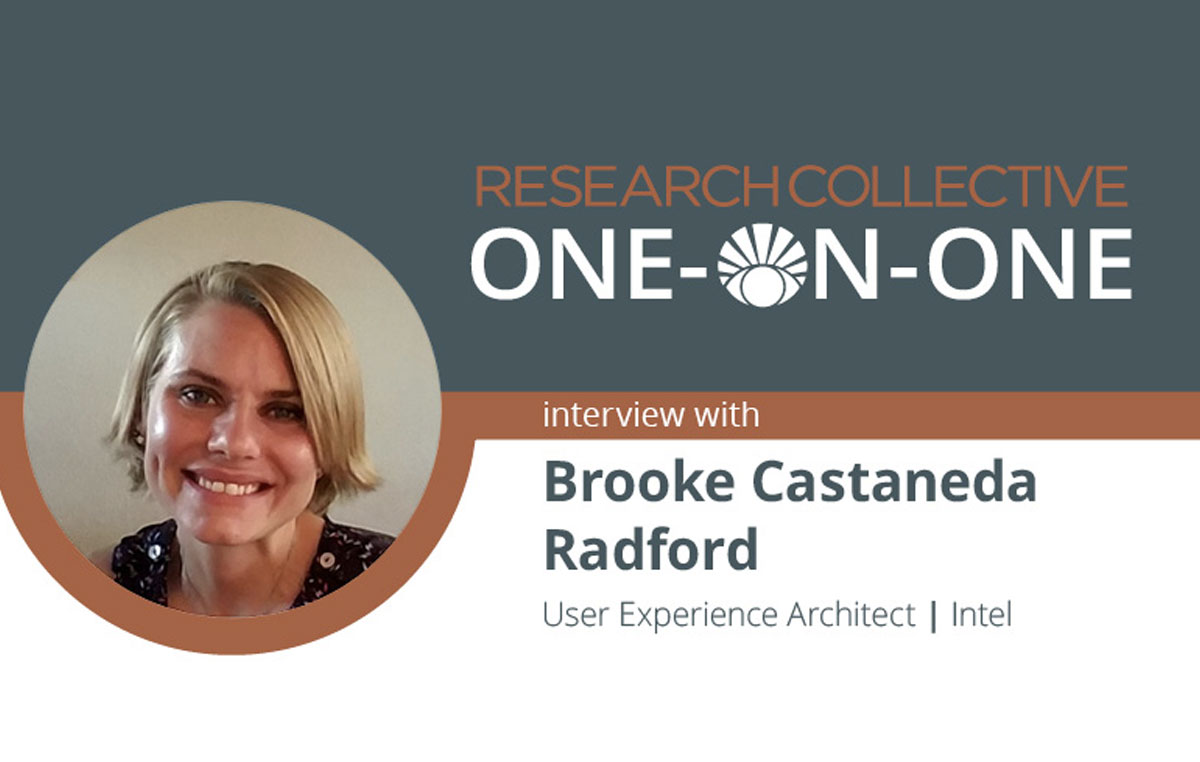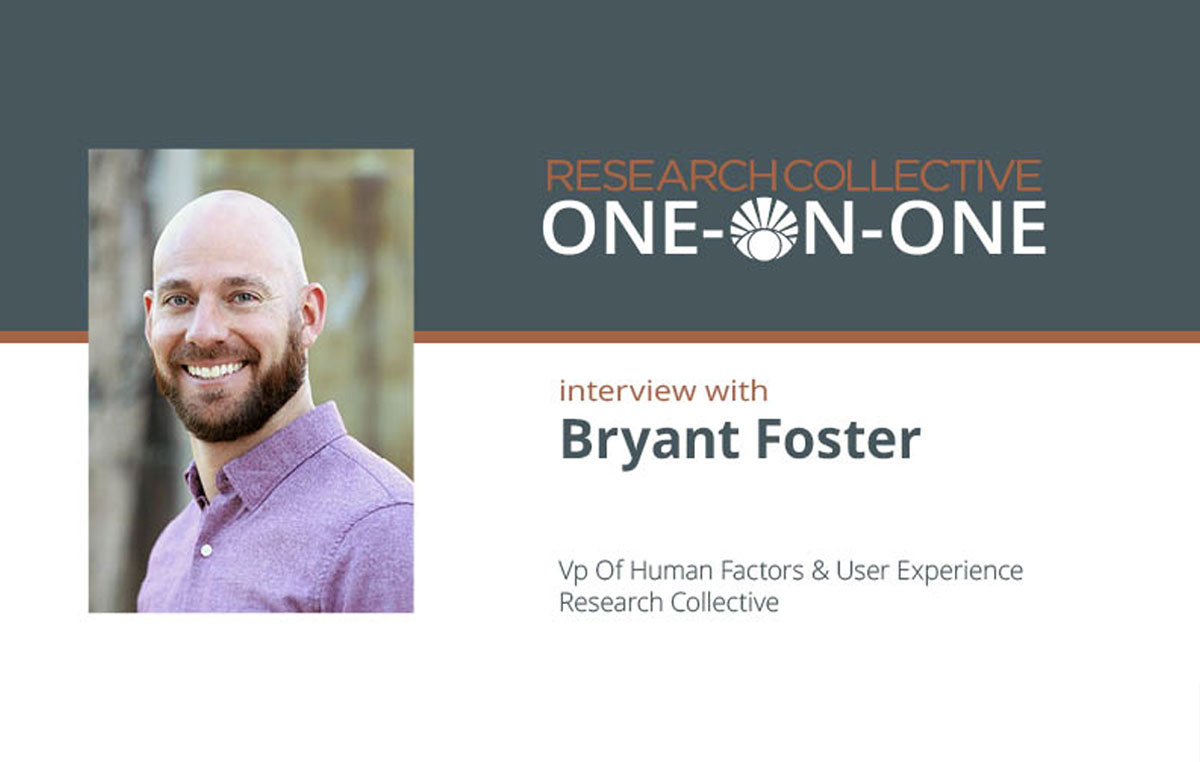A year of Human Factors and User Experience interviews has come and gone! And what a year it has been…
As 2018 comes to a close, we’d like to highlight some of our guests’ responses from throughout the year. While many of us talk about and practice similar ideas, we all have our own perspectives on them. It’s fascinating to explore different answers to the same question: What are some of biggest challenges ahead for the world of UX? Where do people go wrong in their implementation of human factors research?
We are pleased to welcome this year’s interviewees back for a last hurrah! Between our various guests this year, their collective experience exceeds 100 years in their respective fields. With representation from consumer product UX, medical device human factors, and (international) consulting, each interview offers something unique. Not only is it an honor; it has been an absolute pleasure “talkin’ shop” with this superb compilation of experts. We are forever grateful for their time; a special thanks to all of them:
Interviewees
Sarah Blair, PhD (Lead Usability Engineer, Minnetronix)

Pree Kolari (UX Executive, eBay)
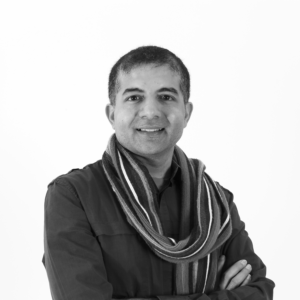
Jon Speer (Founder and VP of QA/RA, Greenlight Guru)
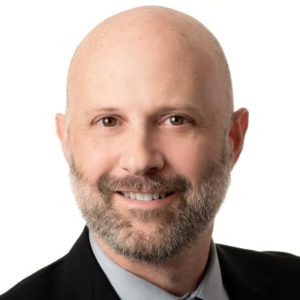
Shannon L. Halgren, PhD (Chief UX Officer, Sage Research & Design)

Theo Mandel, PhD (Independent UX Design & User Research Consultant
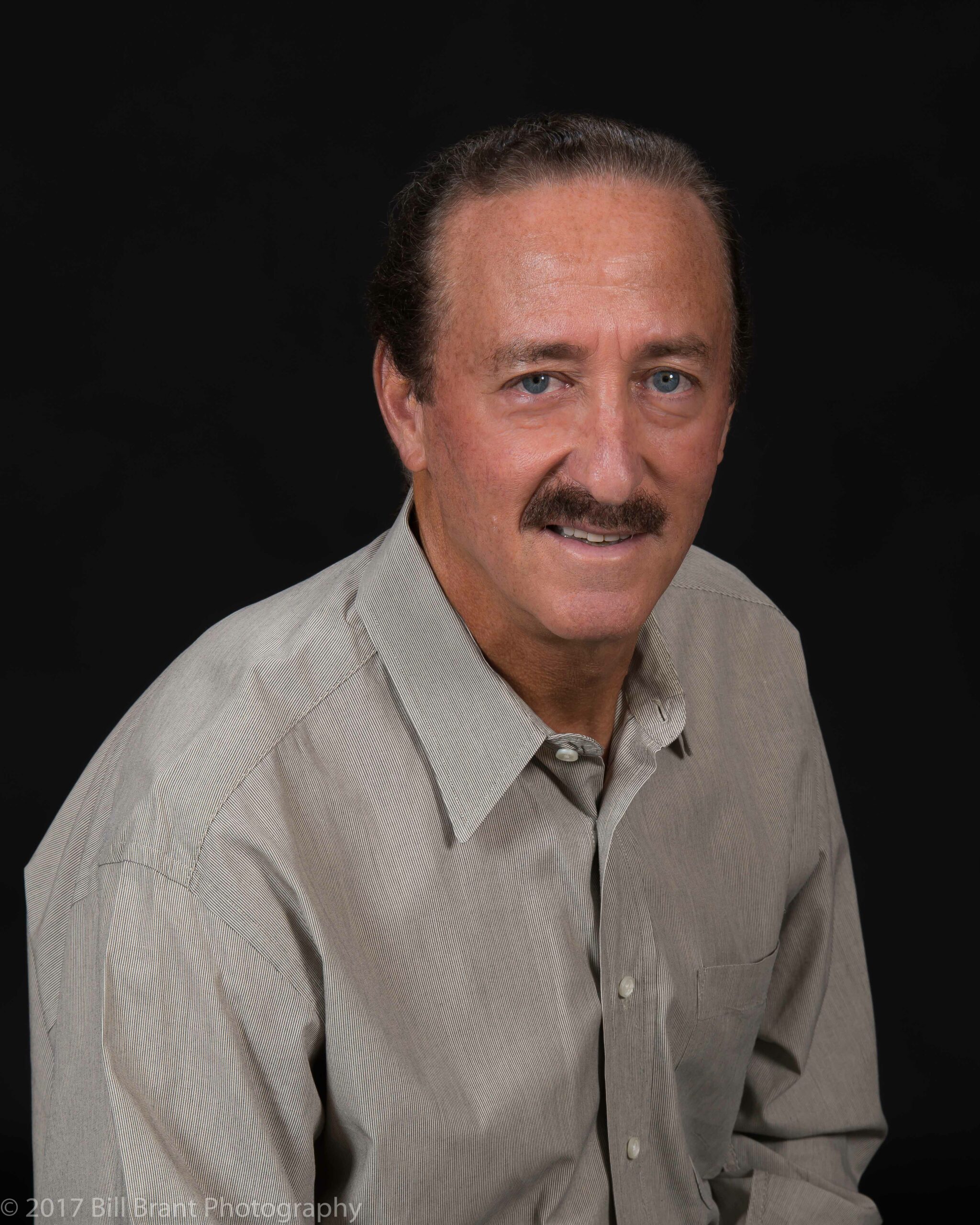
Hanniebey D. Wiyor, PhD (Lieutenant, United States Public Health Service Commissioned Corps)
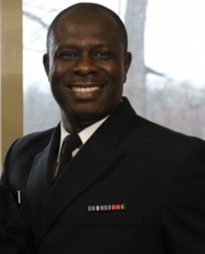
Dean T. Barker (Vice President of User Experience, Optum)

Michael Kuzel (Principle & Co-Owner, 4M Consulting Group)
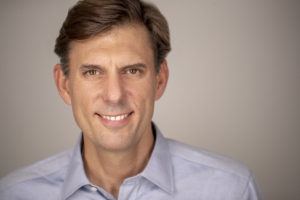
Tatsuro Kimura, PhD (UX Researcher & Consultant, U’eyes Design)
Mami Inoue (UX Researcher & Consultant, U’eyes Design)
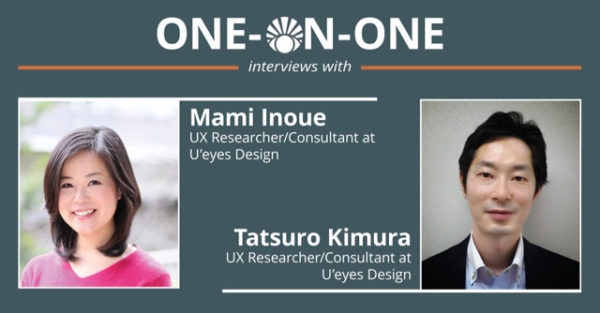
Russ: What are some of the biggest challenges that you’ve seen recently within the User Experience/Human Factors industry? What some ways that we can overcome those challenges?
Sarah Blair, PhD (Lead Usability Engineer, Minnetronix):
When I started in medical devices about 10 years ago, we were spending most of our time teaching clients what Usability is. We had to convince them that performing testing was valuable, important, and critical to patient safety. Now, most clients come to us already informed and enthusiastic about Usability, but with very little appreciation for the scope and rigor involved.
It’s especially difficult to get buy-in on good iterative design with short timelines, tight budgets, and the challenges of testing coordination and recruitment. I am always on the lookout for new and creative methods for rapidly generating high-fidelity prototypes and techniques for simulating use environments. I would also love to find ways to more effectively reach out to the medical community, especially physicians, for study recruitment.
Pree Kolari (UX Executive, eBay):
UX is a young profession, so the skills and experiences needed are continuously changing. We are also growing very rapidly as a professional body with more people becoming UX designers, UX researchers and UX writers.
About ten years ago, we designed for screens that you sat in front of, then we moved to screens you carried around and now we have graduated to designing for contextual interactions. Natural language interactions and personalization with AI are genuinely moving design back to its craft roots.
Designers today need to have helicopter personalities because they need to comprehend the holistic system and then design the details of the product or service that people will experience.
There are three ways to turn these challenges into opportunities:
First is a mindset of curiosity. Good UX professionals are curious. They are always asking “why?”. They’re obsessed with understanding the problem and uncovering a solution that delights their users.
Second is a bias towards action. Our teams look for ways we can articulate the end product via some kind of prototype. It can be as low fidelity as paper prototyping or as high fidelity as code that is very close to shipping quality. We call this process “Making to Think”.
Third is a practice of continuous feedback. There is no substitute for real customers using the product or service to test the interaction and understand product market fit. Feedback helps us converge on a solution that is closest to ideal.
A mindset of curiosity, bias towards action and ongoing feedback loops help us stay ahead of the industry curve.
Shannon L. Halgren, PhD (Chief UX Officer, Sage Research & Design):
It seems like every year the product teams we work with are under more and more pressure to produce a quality product quicker and more efficiently. The result can be the pressure to rush through, or worse, skip UX activities. As a result, we UX’ers need to continually find new ways to fit our processes into the development cycle without significantly slowing it down. Methodologies such as rapid iterative usability testing (RITE) and design sprints have been great additions to the UX toolbox.
At Sage, when working with clients on medical devices, for example, we strive for efficiency by streamlining the Human Factors documentation process into a small number of documents and launching validation testing softly to catch any issues before significant time and money is spent.
Mami Inoue (UX Researcher & Consultant, U’eyes Design):
I can’t help but feel that the value of UX research is underrecognized in Japan and it still has a journey ahead to reach its full potential. Sure, it is true that there are plenty of companies that are interested in improving their user/customer experience in Japan and that’s great. But their action does not necessarily align with the UX design process.
Things have been changing gradually, though; more and more companies in Japan have started realizing its importance, and they come to us to learn UX and how to think like a “UX practitioner.” At U’eyes Design, we have been providing different types of hands-on UX seminars and design workshops periodically the past few years to help them cultivate “UX minds.”
Mami & Tatsuro’s full interview
Russ: What are the biggest mistakes you see people making in their human factors process?
Jon Speer (Founder and VP of QA/RA, Greenlight Guru):
They often don’t do it! More specifically, people need to get better educated on human factors.
We often know enough about human factors to be dangerous, so to speak, meaning it can be a “checkbox” activity but with no real meaning being derived or learned by the company. Human factors play a key role as patients or end-users interface with your final product, which is why issues, such as usability and understanding from the user’s perspective, need addressing thoroughly.
The key is to spend the time understanding how the product is used, as I mentioned in the last section. A lot of misunderstandings arise because this part is not done well and assumptions are made that may prove to be faulty.
Hanniebey D. Wiyor, PhD (Lieutenant, United States Public Health Service Commissioned Corps):
Some of the common mistakes human factors validation testing [related to flexible endoscope reprocessing] include but are not limited to:
1. The Agency expects that Human factors/Usability validation testing should be based on critical user tasks.
Often, there is no evidence or inappropriate use-related risk analysis and evaluation (use-risk assessments) leading to the identification of reprocess-related critical tasks associated with precleaning, manual cleaning, disinfection, sterilization, and/or Automated Endoscope Reprocessors (AER). Note: critical user tasks are those tasks for which inadvertent reprocess error or failure to adhere to reprocessing instructions would or could result in harm or infections between patients or users.
2. No specific information regarding the use of personal protective equipment (PPE) worn during the simulation testing.
PPE such as gloves, goggles etc., can affect reprocessors’ interactions or behavior with reprocessing medical devices user (UI) interface during the reprocessing tasks.
3. Limited performance and subjective data collection and mostly no knowledge data for reprocessing task performance during the simulated use scenarios.
Often, there is not a clear definition for what would be considered success or failure of adherence to reprocessing instructions (performance data). This often impacts how the performance, subjective and knowledge data collection, and root cause analysis are conducted.
4. Inadequate or no evidence of root cause analysis based on the adherence (performance), post-subjective responses to hesitations, difficulties, adherence deviations and knowledge assessments data.
5. Test moderators or facilitators providing coaching, directing, interrupting or instructing test participants to use RIFU manual or quick reference guide during human factors reprocess use testing and other reprocessing accessories such as brushes, etc.
6. Not establishing the appropriate training decay period between training for each distinct Gastrointestinal/gastroenterology/endoscopy nurses and technicians and testing.
7. Training materials used during testing are not finalized.
Sponsors fail to follow their established representative training-the-trainee models. Use test moderators or facilitators to provide training to the test participants.
8. Incomplete identification and descriptions of all distinct reprocessors/user population and subsequent recruitment issues regarding number and specialties for each distinct user population.
Dean T. Barker (Vice President of User Experience, Optum):
We’ve forgotten how to do analysis. That used to be standard operating procedure. So, older user centered design methods had an explicit place for user and task analysis as well as high-level design. I see too many teams jumping right from requirements to screen design without much thought as to how to elegantly bridge those gaps. As Voldemort said in Harry Potter, “This is old magic, I should have remembered it, I was foolish to overlook it.”
Russ: For our Human Factors graduate students out there, what are some of the qualities and skills that you look for when hiring a usability professional?
Sarah Blair, PhD (Lead Usability Engineer, Minnetronix):
I highly value the ability to bridge the gaps between end users, clients, and engineers. Being able to navigate and manage the often-conflicting needs of these groups can be a challenge, and often the Usability Engineer is the only person on the team who is exposed to all three viewpoints.
In an organization largely comprised of engineers, I like to look for people who have a strong technical background, can “speak the language”, and can understand the practical limitations of design. I also look for individuals who are current on best practices in testing and reporting, are effective and open communicators, have good observational skills, and display creative problem solving.
Shannon L. Halgren, PhD (Chief UX Officer, Sage Research & Design):
I think the road to being an excellent UX practitioner is paved with both training and experience. While an advanced degree is not always necessary for success, training in some form is needed to learn how to develop and moderate a valid and successful research study and to learn the components of a usable and useful product design. Once the basic UX skills are acquired, every new project is an opportunity to learn and grow. Achieving a great UX is a practice that we are all continually trying to master.
And lastly, I think an important concept to understand is that good UX is not achieved in a bubble. UX is a team effort involving the user at the core, but also the product team. One mistake I’ve seen some new UX’ers make is to fight for the right to make all final design and product decisions.
This is a mistake that only hurts the product and the reputation of the UX’er. There are many skills and ideas that go into a successful product – UX is one of many inputs that must be considered. Learn to be a team player and UX evangelist in equal parts.
Dean T. Barker (Vice President of User Experience, Optum):
Related to the previous questions, I’d say make sure you read and understand the “old magic” as well as the theoretical foundations of our work. Also, get over yourself. You’re going to have three assignments or jobs…one will be great, one will be ok, and one will suck. Then it will be lather, rinse, repeat. Most of you won’t spend most of your career working on the newest Apple products. However, there’s money to be made and there’s a lot of good work that needs to be done in everyday systems and products. You can make a difference, but it isn’t always sexy. Making a difference is disguised as hard work, patience, and tenacity.
Russ: What are your favorite projects through the years? What makes those projects stand out?
Shannon L. Halgren, PhD (Chief UX Officer, Sage Research & Design):
My favorite projects are the ones where UX is applied early in the development process through Voice of Customer (VOC) or ethnographic formative research. There’s no substitute for learning what users want and need by talking with them and observing them at work.
Projects that start with this type of research are easier to design and are ultimately more successful because the users’ needs are at the core of the design from the ground up. I also love to work on complex, technical products. Some examples of products I’ve worked on over the years include spinal implant programming software, electrosurgical generators, and cloud-based IT products.
Theo Mandel, PhD (Independent UX Design & User Research Consultant):
I have had the good fortune to work in a wide variety of industries and on a wide range of products in education, banking, payment processing, healthcare, medical devices and e-commerce. I’ve worked on industrial-strength (legacy) applications, web applications, websites, mobile apps and even medical devices.
Some of my favorite projects include designing and testing educational websites and apps for K-12 students, parents, teachers and administrators for companies like Pearson Education and K12 companies. I also enjoyed designing healthcare and medical products, where I conducted field research by riding-along in ambulances and air-rescue helicopters. I have also co-founded a few software startup companies.
Michael Kuzel (Principle & Co-Owner, 4M Consulting Group):
The first project that comes to mind is when I got to play, err, perform a lighting analysis on the ramp and apron at Logan Airport during the wee hours of December 8 in rain and freezing temps, all in an effort to evaluate the visibility of a pedestrian that was impacted by a deicing truck. Being that I am an active cyclist, another that immediately comes to mind is the reconstruction and evaluation of driver behavior of a fatal collision that occurred in an attempted overtaking maneuver of a bicyclist on SR 93 in northern AZ – that project led to my MS in Applied Psych and an opportunity to use the driving simulator.
In another case I got to use the National Advanced Driving Simulator to study the effects of distraction on truck driver steering and braking – being able to use the device which I had read about in so many publications was a real highlight. Another was an evaluation of a spa kit intended for teen girls that contained the necessary equipment and mixings to create an explosive projectile, which sadly led to a severe injury to a little girl. I’ve really been quite blessed to be selected to work on so many interesting projects, and I could tell stories for hours about human factors aspects of injury events, unfortunately, all my stories involve seeing people at a real low point in their life.
Therefore, I have to say that being able to apply the experience from these types of projects to contribute to Road Safety Assessments in the State of Arizona is probably a high point of my career. Through the RSA projects, I have had an opportunity to apply human factors towards the evaluation and improvement of current and future roadways that my fellow Arizonians will use on a regular basis. Being able to contribute to saving one life through improved design makes seeing all the other bad stuff seem worthwhile.
Tatsuro Kimura, PhD (UX Researcher & Consultant, U’eyes Design):
One of my favorite projects over the years was when I was involved in concept creation of a future commercial aircraft cabin for an aircraft manufacturer. The client team we worked with closely was their innovation division.
During the project, we created a customer journey map using the findings we gained through conducting interviews with users (passengers). We then categorized passengers into different user types according to the patterns of in-flight behavior using online surveys. We then proceeded to conduct an ethnographic study using actual aircraft to investigate the traveler’s behavior further. The project took over two years, and the whole process was so much more than what I can say here.
But by combining both qualitative and quantitative techniques, we were able to narrow down the required specifications of the future aircraft cabin that maximize the in-flight experience for the lead customers/passengers (i.e., users that are receptive to new products/services and provide positive influence to affect others around them). During the final phase of the project, we facilitated ideation workshops for the client’s team members to determine and finalize the best cabin design.
It is one of my favorite projects because we were able to be part of creating something of such a substantial scale like an aircraft. It was also meaningful to me because although being on a flight can be uncomfortable and sometimes even painful, we were able to create a cabin design that we believe allows future passengers to enjoy the more pleasant in-flight experience.
Tatsuro & Mami’s full interview
